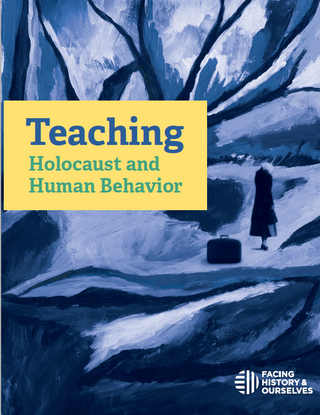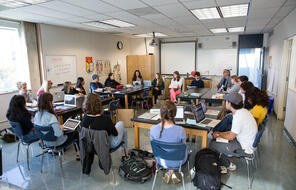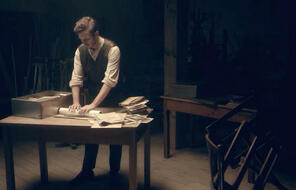Teaching Holocaust and Human Behavior
Subject
- History
- Social Studies
Language
English — USUpdated

Teaching Holocaust and Human Behavior
Purchase
This book is available for purchase from most places you buy books, including major retailers and independent bookstores.
Download a PDF of this resource for free

Materials for Teaching Holocaust and Human Behavior
This 23-lesson unit leads middle or high school students through an examination of the Holocaust and World War II. Lessons draw on photographs, readings, maps, and videos from our resource book Holocaust and Human Behavior. Following our scope and sequence, students begin with an examination of the relationship between the individual and society, reflect on the way humans divide themselves into “in” groups and “out” groups, and then dive into a case study of the Weimar Republic and the Nazi Party’s rise to power in Germany. They bear witness to the human suffering of the Holocaust and examine the range of responses from individuals and nations. In the unit’s later lessons, students draw connections between this history and today, reflecting on questions like:
- How do you achieve justice and reconciliation in the aftermath of atrocities?
- How should painful histories be remembered?
- How does this history educate us about our responsibilities in the world today?
A previous version of this unit was titled Decision Making in Times of Injustice.









